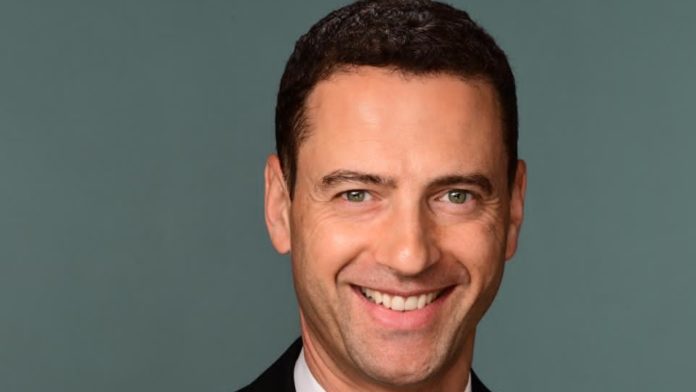
GARY Nagle, the current head of Glencore’s coal business, has been named as the new CEO of the Swiss-headquartered group. He was previously business leader of Glencore’s ferroalloys business located in South Africa.
Ivan Glasenberg, current CEO, said today in an investor update that “now was the right time to step down”. He would work with Nagle for six months before leaving Glencore – a firm he has led for about 19 years.
“The company is well set up,” said Glasenberg in preparatory remarks ahead of the long-awaited decision over executive succession. All its ramp-up assets were at full capacity except its Koniambo mine in New Caledonia and the firm was positioned to reinstate the dividend at the year-end results in February, said Glasenberg.
“We have had great succession options. Anyone of two to three people could have easily stepped up,” said Glasenberg. “Over the next six months I will be working with Gary.”
Said Nagle (45) in a prepared statement: “I am grateful for the trust placed in me by the board and honoured to be appointed CEO at such an exciting time for Glencore. We will continue to deliver value to our shareholders, while operating safely and responsibly.”
Nagle qualified as a chartered accountant in South Africa in 1999. He joined Glencore in 2000 and in addition to running the coal and ferroalloys business, he was CEO of Prodeco, Glencore’s Colombian coal operation. Nagle was also “… heavily involved in seeding a portfolio of assets to Xstrata in 2002, in conjunction with its initial listing on the London Stock Exchange,” said Glencore.
Commenting on his short-term future, Glasenberg said he would not be active in the mining sector. “After 37 years in the industry, I don’t expect to be active. But I will keep an eye on my shareholding,” he said. Glasenberg said previously he would retain his shares in Glencore which stand at about 9% of the firm’s issued share capital.
Glencore said Glasenberg will receive his base salary and pension contributions to the date of his retirement. No severance payment or payment in lieu of notice will be made.
Glasenberg will be 65 when he retires from Glencore.
COAL ‘CARVE OUT’
Earlier in the investor update, Glencore said that a reduction in coal production as one of the measures it would take to cut Scope 3 emissions, largely through asset depletion in South Africa and Colombia.
The measure is part of an upgraded greenhouse gas emissions policy unveiled by the group in an investor update today in which it aimed to be net carbon neutral by 2050.
Total emissions across Scope 1,2 and 3 would be reduced by 40% by 2035 raising the previous target of 30% at the same date, it said. At this level of emissions, the company would be aligned with the Paris Agreement.
Asked if the appointment of Nagle could potentially lead to a more drastic approach to the group’s coal assets, Glasenberg said: “If we do get push-back on owning coal assets; if it’s a definite ‘no-no’, then I’m sure Gary will do the right thing.
“I’m not sure that decision needs to be taken but if we risk losing investors, then it would be the right thing to do.”
In 2018, Glencore announced that it would cap its coal production (thermal and metallurgical coal) at 150 million tons (Mt) a year. However, it has remained in the cross-hairs of investor and human rights groups which demand tighter controls.
Glasenberg has previously defended owning thermal coal assets saying it were better the group owned them rather than divesting of the mines which kicked the environmental can further down the road. About 10% of the firm’s EBITDA for 2021 would be from coal.
According to the Greenhouse Gas (GHG) Protocol Corporate Standard, emitters have to control and reduce their GHGs, the so-called Scope 1 of the standard, as well as the emissions of their suppliers in a Scope 2 level of scrutiny. The more controversial element of the protocol is managing the emissions of end-users, or Scope 3.











